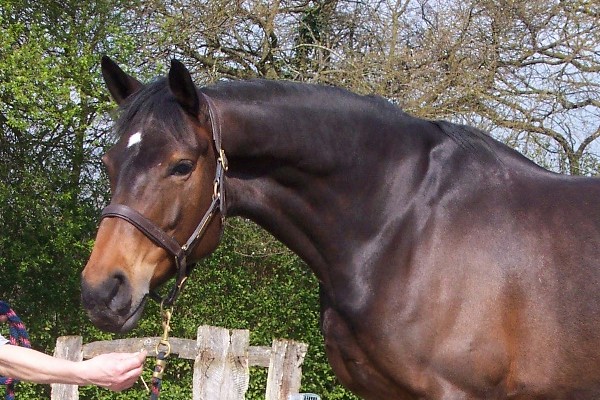Owner’s duty of care

The horse’s welfare is measured by various indicators including behaviour, physiology, longevity, and reproduction. The most significant single influence on welfare is the care and management given by the owner or keeper. The Animal Welfare Act 2006 enshrines the owner’s ‘Duty of Care’ in British Law and is echoed in European law.
Owners should be able to meet the welfare needs of their horse and be capable of safeguarding them under all foreseeable circumstances. The modern approach is therefore to solve problems to prevent them from happening.
| Freedom from hunger & thirst | Attention should be paid to an individual horse’s nutritional requirements, which will vary according to their age, breed, condition, workload and available grazing. Clean water must be freely available at all times. Feed and forage must be stored correctly so that it is free from mould or contamination by vermin.
If uncertain, consult your vet or an equine nutritionist for advice on feeding. Being overweight can increase the strain on the horse’s limbs and the risk of laminitis. However, even overweight horses and ponies need adequate vitamins, minerals and micronutrients. Reasonably accurate weigh tapes are available to help monitor horse’s weight and routine dental checks will ensure your horse is able to chew its food adequately | |
| Freedom from discomfort | This includes providing living conditions with adequate shelter and a suitable place to lie down with adequate clean bedding. Rugs can be used according to the time of year eg waterproof outdoor rugs, stable rugs in winter and fly sheets and masks in summer. They must fit comfortably and not restrict the horse’s movement or rub; this also applies to the saddle and bridle | |
| Freedom from pain, injury & disease | Injury and disease can be kept to a minimum by careful management and attention to the safety of the horse’s immediate environment. For example, in a stable this includes removing any sharp projections, using non-slip matting and checking that there is sufficient head room. Outside, paddock fencing should be safe and well-maintained, using materials that are least likely to cause damage to the horse. Other examples of preventative care are: regular removal of the horse’s droppings from the field to help to reduce worm burden and improve the grazing area and quality. The horse should be examined each day.
When an injury does occur or the horse is unwell, prompt attention must be given and the vet consulted where necessary. The telephone number of the vet should be displayed in a prominent place. | |
| Freedom to express normal behaviour | This is generally taken to mean providing each horse with enough space in a suitable environment with another horse for company so that it can express normal equine behaviour. Where this is not possible eg with stallions or horses recovering from an injury, then every attempt must be made to make its quality of life as good as possible | |
| Freedom from pain or distress | There is an increasing awareness of the horse’s personality and emotional state. Consider if a horse shows signs of being anxious, or threatened by his companions? Does he understand what you ask of him and enjoy his work? Establishing a routine will help the horse to settle in quickly and know what is expected of him. |
